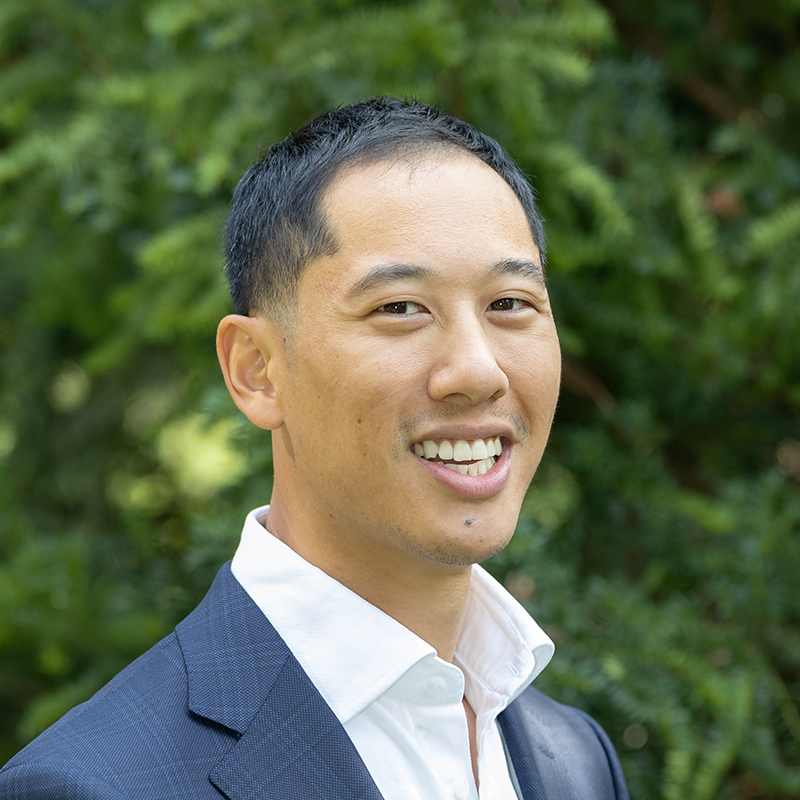ESAA / SMART Remediation Webinar
March 14, 2024
SMART Remediation talks have focused on innovative technologies for remediating contaminated sites, approaches for site characterization, project case studies, regulatory and industry perspectives, and other related topics.

A recent SMART Remediation webinar was held virtually on March 14th 2024. Details on the speakers and presentations are provided below.
Speakers

Kevin French,
Vertex Environmental
Kevin French
Bharat Chandramouli, Ph. D is a senior scientist with 20+ years of experience in the occurrence, fate and transport of organic contaminants. He has published several peer-reviewed articles and book chapters on atmospheric chemistry, PFAS measurement, emerging contaminants occurrence, semivolatiles fate and transport and more. At SGS, Bharat manages the development of new products and services in North America and provides technical leadership on PFAS and other emerging contaminant issues. Bharat completed his Ph. D in environmental science and atmospheric chemistry from the University of North Carolina, Chapel Hill.
Opening Comments and Introductions
N/A

Bruce Tunnicliffe,
Vertex Environmental
Bruce Tunnicliffe
N/A
Opening Comments and Introductions
N/A

Paul Cheung,
Terrapex
Paul Cheung
Paul Cheung is an environmental risk assessor at Terrapex with over 10 years of environmental consulting experience. Specialising in risk assessment, vapour intrusion assessment, and risk management, Paul uses his technical skills to assist clients navigate the regulatory, municipal conveyance, and transactional due diligence processes. He has a keen interest in brownfield management and development strategy and regularly consults for a broad range of public, residential and commercial real estate, and industrial clients.
6PPD and 6PPD-Q, Environmental Fate and Transport and Current regulatory Environment
Terrapex’s presentation will build on the overview of N‑(1,3‑dimethylbutyl)-N’-phenyl-p-phenylenediamine (6PPD) and its oxidation product, 6PPD-quinone (6PPD-q) proposed to be presented by SGS “6-PPD Quinone: Occurrence and Best Practices in Measurement”.
These compounds, which have been determined to be severely toxic to Coho salmon and other species, are known to be entering waterways from runoff containing tire wear particles. Research is in the very early stages but is progressing rapidly. The presentation will focus on what will be of most interest to practitioners in site assessment and remediation and will present some of the challenges associated with these emerging contaminants.
The first segment of the presentation will review what is currently known about the physical and chemical properties of 6PPD and 6PPD-q and how these influence the environmental fate and transport of the compounds through water, soil, and air, as well as their potential for bioaccumulation and toxic effects. The second segment will review the current regulatory landscape surrounding 6PPD and 6PPD-q. We will look at actions that have been taken or are being considered in various jurisdictions, including Canada, the USA and Europe, to monitor and/or control the use and release of these compounds. Additionally, the presentation will discuss the concerns, responses and initiatives of rubber product manufacturers and industry associations.

Ivana Vukovic,
SGS North America
Ivana Vukovic
6PPD and 6PPD-Q, Environmental Fate and Transport and Current regulatory Environment
Terrapex’s presentation will build on the overview of N‑(1,3‑dimethylbutyl)-N’-phenyl-p-phenylenediamine (6PPD) and its oxidation product, 6PPD-quinone (6PPD-q) proposed to be presented by SGS “6-PPD Quinone: Occurrence and Best Practices in Measurement”.
These compounds, which have been determined to be severely toxic to Coho salmon and other species, are known to be entering waterways from runoff containing tire wear particles. Research is in the very early stages but is progressing rapidly. The presentation will focus on what will be of most interest to practitioners in site assessment and remediation and will present some of the challenges associated with these emerging contaminants.
The first segment of the presentation will review what is currently known about the physical and chemical properties of 6PPD and 6PPD-q and how these influence the environmental fate and transport of the compounds through water, soil, and air, as well as their potential for bioaccumulation and toxic effects. The second segment will review the current regulatory landscape surrounding 6PPD and 6PPD-q. We will look at actions that have been taken or are being considered in various jurisdictions, including Canada, the USA and Europe, to monitor and/or control the use and release of these compounds. Additionally, the presentation will discuss the concerns, responses and initiatives of rubber product manufacturers and industry associations.

Samuel Lingwood,
Pinchin
Samuel Lingwood
Hazardous is the New Clean – Contaminate Management Supported Redevelopment

Claudia Simonato,
Public Services and Procurement Canada
Claudia Simonato
Money Talk: FCSAP Phase V Demand
N/A

Harris Switzman,
Calgary Airport Authority
Harris Switzman
PFAS Risk Management at Airports

Nicholas Doucette,
QM
Nicholas Doucette
Soil Management Technology at the Toronto Portlands
The construction of the Toronto Port Lands Flood Protection and Enabling Infrastructure Project (Toronto Port Lands Project) is taking place in parallel with the introduction of environmental regulations that enforce the tracking of soil leaving the site.
At the Toronto Port Lands, not only are soils leaving the site tracked, but due to several reuse applications at thesite, all soils being reused require tracking, which has led to the creation of new technologies to reuse the majority of the 1 million cubic meters of soil being managed.
New technologies like 3-D digital models, GPS driven machine control and remote sensing, cloud-based truck tracking, environmental and geotechnical analytical data management and a QP approvals platform work together to form a sophisticated, integrated tracking system.
As we all know, new technologies go a long way in simplifying work and optimizing outputs, however they come with their own set of challenges.
This presentation describes the new-age soil management technologies QM now implements at sites across Canada, initiated by work at the Toronto Port Lands project.